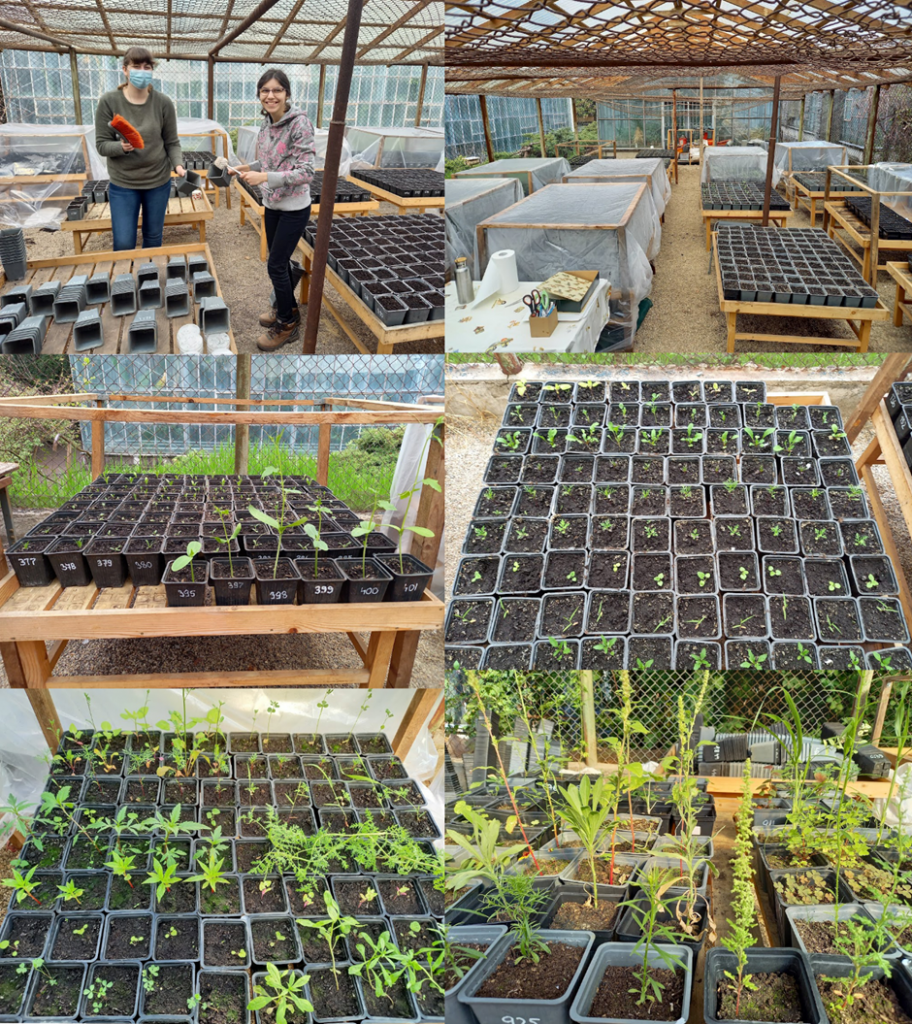Aims: To identify the key biological and ecological traits associated with invasion, we had to compare the biological and ecological traits of successful and less successful introduced species. The traits that distinguish these two groups of alien species might serve to develop a protocol to predict future invasive species.
Methods: We performed an experiment with 102 species (41 invasive species, 61 non-invasive species). Seeds were collected in Romania from wild populations or were purchased from local seed suppliers. We measured the parameters of seeds, we performed an extensive germination experiment and we also planted the species in pots and let them grow to collect data about their height, biomass, SLA, flowering. We offered our plants ambient and supra-optimal conditions as well to test their response to high temperatures and humidity.


Results: From all our data, we selected 25 important soft and hard traits, and performed phylogenetic generalized linear models with binomial error distribution to find out which traits are important in distinguishing invasive species from less successful alien species. Nine traits were proved to be important in single-predictor models: the European distribution of species having the highest influential score. Dispersal traits, height, germination niche breadth and minimum residence time (the time since introduction) were also important traits in this respect. Mostly the soft traits (those that can be readily extracted for all species without long-term studies) can be used in risk assessment protocols.

